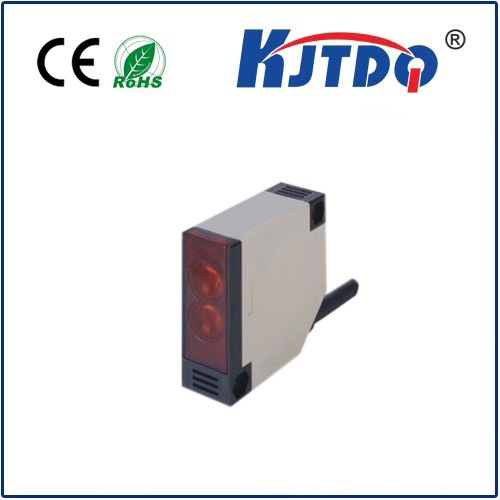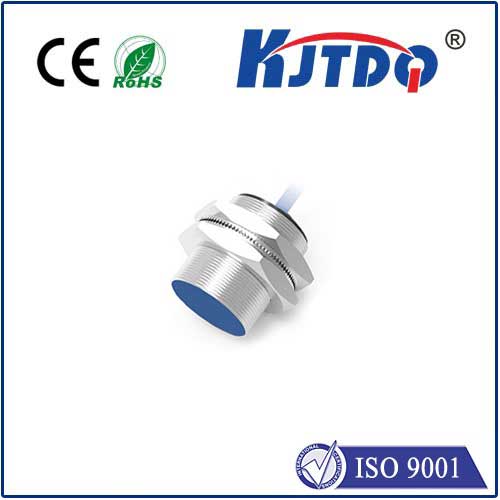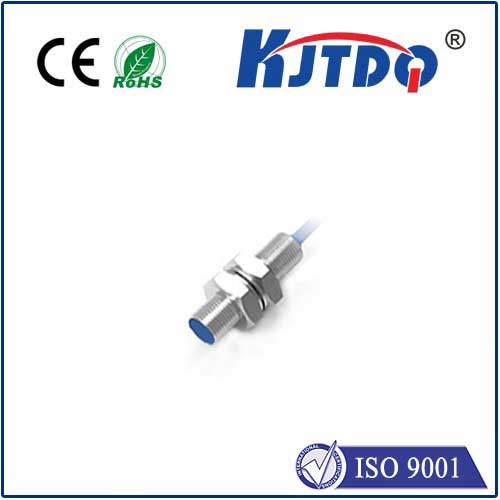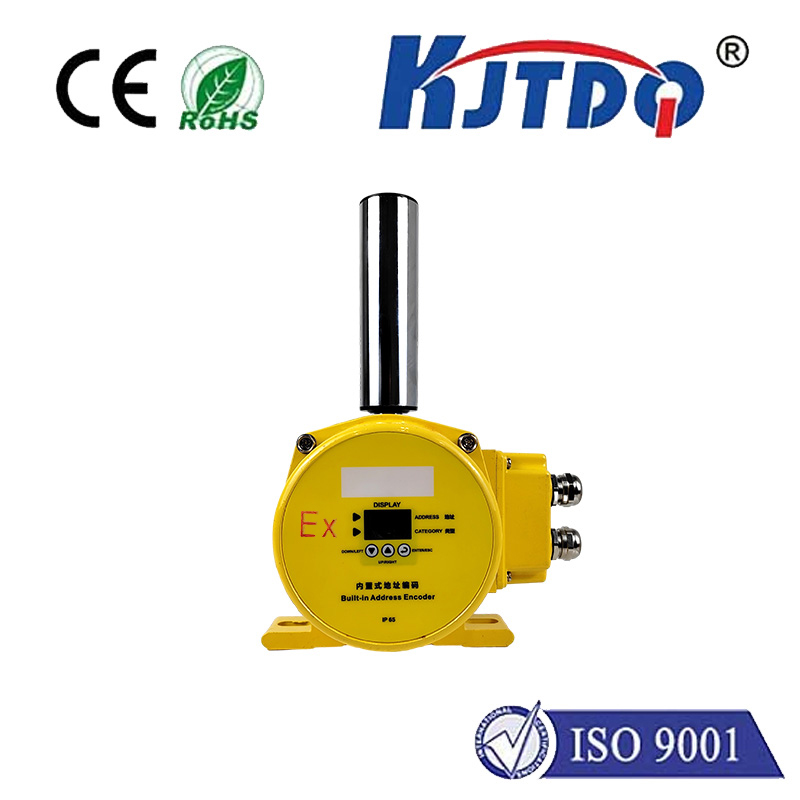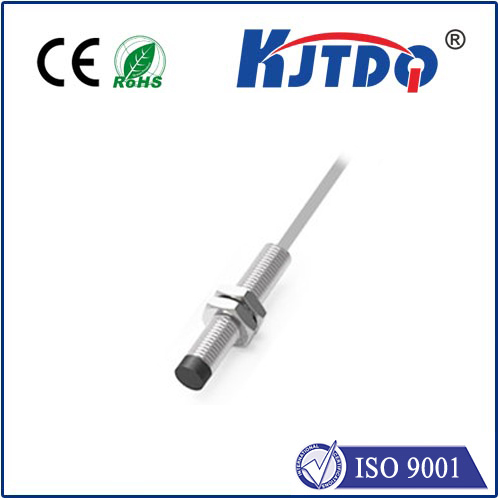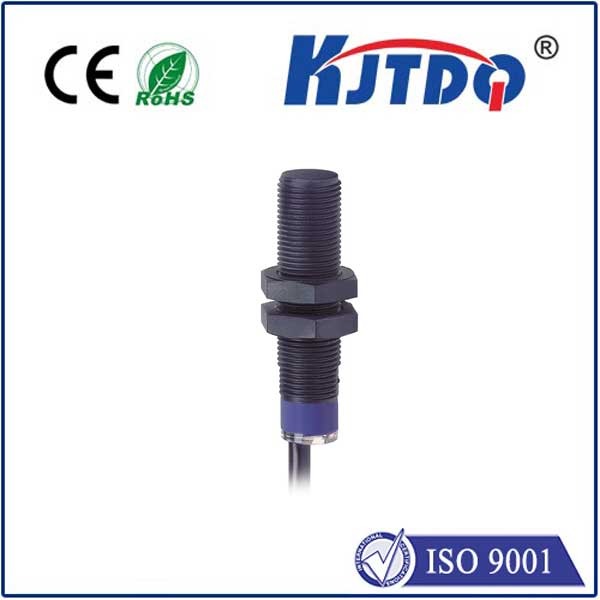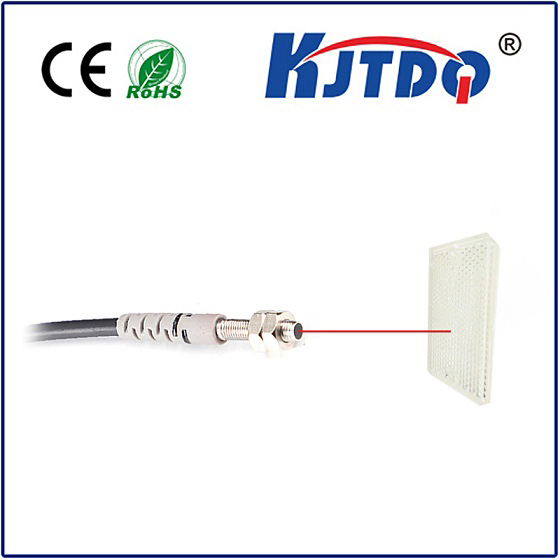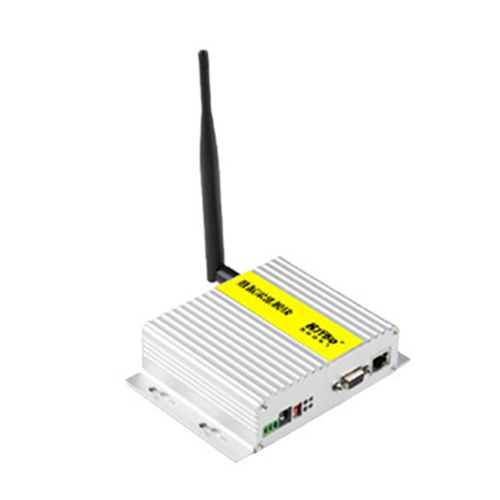

check

check

check

check

check

check

check

check

check

check
Title: Hansa Gate Motor Limit Switch: A Comprehensive Guide
Introduction to Hansa Gate Motor Limit Switch
Hansa Gate Motor Limit Switch is an essential component used in the control of industrial doors. It helps to prevent the door from opening beyond a set point, ensuring that the door stays within the desired range of movement. In this article, we will discuss the different types of Hansa Gate Motor Limit Switches, their functions, and how to install and maintain them effectively.
Types of Hansa Gate Motor Limit Switches
There are two main types of Hansa Gate Motor Limit Switches: mechanical and electronic. Mechanical limit switches use a simple mechanism to detect the presence of an object or weight on the door, while electronic limit switches rely on infrared or photoelectric sensors to do the same. Each type has its advantages and disadvantages, which we will explore in more detail below.
Functions of Hansa Gate Motor Limit Switches
The primary function of a Hansa Gate Motor Limit Switch is to provide feedback to the controller, indicating whether the door is close or open. When the door reaches the closed position, the limit switch sends a signal to the controller, which triggers the motor to stop rotating. Similarly, when the door reaches the open position, the limit switch sends a signal to the controller, which allows the motor to continue rotating until the desired level is reached.
Installation and Maintenance of Hansa Gate Motor Limit Switches
安装和维护Hansa Gate Motor Limit Switches是非常重要的,因为它们直接影响到设备的正常运行。以下是一些关键步骤:
1. Choose the Right Type of Limit Switch: As discussed earlier, there are two main types of limit switches available - mechanical and electronic. Based on your specific requirements, choose the one that best suits your needs.
2. Position the Limit Switch: The location of the limit switch is crucial for optimal performance. It should be positioned so that it is easily accessible by both the operator and maintenance personnel. Additionally, it should be positioned such that it does not interfere with the operation of other components in the system.
3. Connect the Limit Switch to the Controller: Once you have positioned the limit switch, connect it to the controller using appropriate wiring techniques. This may require some technical expertise, so it is recommended to seek help from a qualified technician if needed.
4. Test the System: After installing and connecting the limit switch, test the system to ensure that it is working as expected. This involves running the door through various positions and observing any issues or errors that may arise. If any problems are detected, address them before continuing with normal operations.
Conclusion: Hansa Gate Motor Limit Switch plays a critical role in maintaining safe and secure industrial facilities. By selecting the right type of limit switch, positioning it correctly, and testing the system regularly, you can ensure optimal performance and reduce the risk of accidents or malfunctions.
